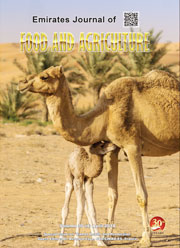FOOD PRESERVATIVES – AN OVERVIEW ON APPLICATIONS AND SIDE EFFECTS
DOI:
https://doi.org/10.9755/ejfa.2016-04-351Keywords:
Antimicrobial agents, Food additives, Applications of preservatives, Food preservatives, Side effects of preservativesAbstract
Food additives are natural or synthetic substances that can be added to foodstuff in small amounts to perform technological functions, namely colour, sweetness or to extend shelf life. In the European Union an E number identifies all food additives. According to the technological functions twenty-five categories of food additives have been defined. Preservatives, also known as antimicrobial agents, are food additives used to extend the shelf life of food by shielding them against deterioration caused by microorganisms. There are forty five substances used as preservatives, being their applications and purity regulated in the European Union. Although some of these substances are harmless when used in small quantities (e.g., the authorized amounts), the use of others are not without risks to human health. Among large amounts of side effects, skin rashes and itching, breathing difficulty, sneezing or gastrointestinal upsets can be found. This work is a synoptical review of food additives used as preservatives (antimicrobial agents) authorized in the European Union, considering its characteristics, uses and side effects.










 .
. 